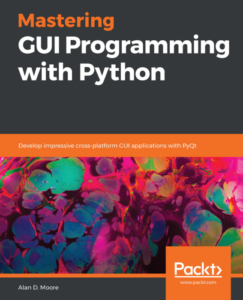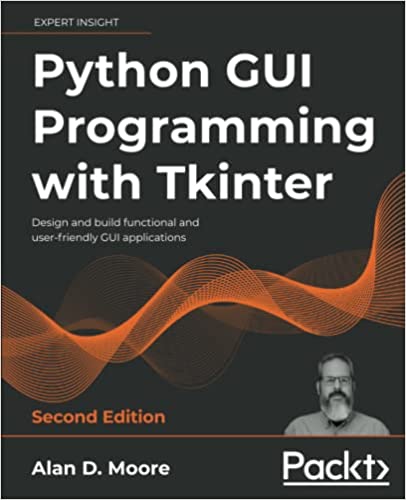Joining a GNU/Linux machine to a Microsoft Active Directory has been possible for years, but it’s always been a bit of a science project that involved touching half-a-dozen obscure config files and usually resulted in me getting completely locked out of the machine. Various commercial packages such as Likewise and Centrify aimed to smooth out the process, but they weren’t universally accessible across distros, and often produced inconsistent results.
After upgrading a system to Debian 8, I noticed a new option for joining the domain, courtesy of the folks at RedHat: realmd. Realmd puports to make joining an Active Directory domain dead simple. How does it do?


The Debian Administrators Handbook arrives, free!
The big news in the Debian world this week is the liberation of the The Debian Administrators Handbook, which, thanks to donations from a crowdfunding campaign, has now been released under free-as-in-speech licenses. It’s even been packaged up and placed in the Debian repositories, so it’s a quick “aptitude install” away.
I spent some time browsing through the manual online today, and thought I’d share my reactions.
(more…)